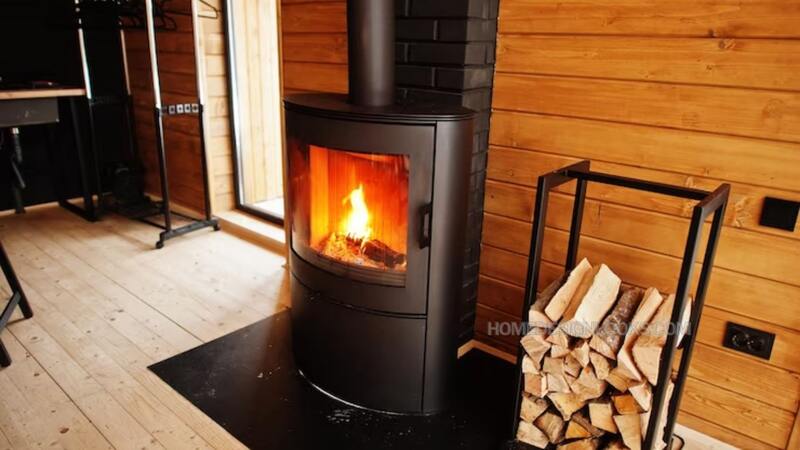Wood Burning Chimneys vs. Gas Fireplaces: Pros and Cons
We will discuss the Pros and Cons of Wood Burning Chimneys vs. Gas Fireplaces. In the cozy world of home heating, the debate between wood-burning chimneys and gas fireplaces has raged on for years. Both options have loyal followers, and each has its own unique set of advantages and disadvantages. So, if you’re pondering which option to choose for your home, read on and explore the pros and cons of wood-burning chimneys and gas fireplaces.
Classic firewood chimneys

The advantages of wood-burning fireplace
Traditional warmth
There’s nothing quite like the radiant heat of a wood fireplace. Its ambiance is unmatched, with the crackling of wood chimneys adding to the charm. Hardwoods like oak, cherry, and hickory also burn hotter, providing more heat and warmth, which is especially important during colder months.
Cost-efficiency
Wood chimneys are often more cost-effective for fuel, particularly if you can find stores that sell seasoned wood, such as Burn the Wood. This access lets you enjoy a cozy fire without worrying about skyrocketing heating bills.
High heat values
Wood burns hotter compared to gas, ensuring a cozy and warm environment. This increased heat can make your living space more comfortable on winter nights.
Wide Selection
With various hardwoods like oak, hickory, and softwoods that burn faster, you have a wide selection for the perfect ambiance.
The drawbacks of a wood chimney
Creosote buildup
One significant concern with wood-burning fireplaces is creosote buildup in chimneys, which can lead to fires if improperly maintained. Regular chimney cleaning is essential to prevent this, and hardwood with a lower resin content can help reduce creosote buildup.
Moisture content
The wood’s moisture content is crucial. Using green or painted wood can produce more smoke in the air and less heat. Ensuring your firewood is properly dried with moisture below 20% is key to efficient burning.
Maintenance
A wood-burning chimney requires regular maintenance, including properly cleaning and storing seasoned wood. This maintenance can be time-consuming but is necessary to ensure the safety and efficiency of your wood-burning setup.
Modern gas fireplaces
The convenience of gas chimney
Clean and efficient
Gas-fueled chimneys are incredibly efficient, producing less smoke, ash, and soot, making them low-maintenance. This feature means less time spent cleaning and more time enjoying the warmth of your fire.
No creosote worries
There’s no creosote buildup to worry about, eliminating the risk of chimney fires. This peace of mind is precious for those concerned about fire safety.
Temperature control
You can easily adjust the temperature with a gas fireplace, ensuring consistent warmth. Whether you want a subtle glow or a toasty environment, it’s just a dial away.
The disadvantages of a gas fireplace

Limited ambiance
While gas fireplaces provide warmth, they may lack the ambiance and crackling sound of burning firewood. To compensate for this, some gas fireplaces come with realistic logs and flame patterns to mimic the appearance of a wood fire.
Higher operating costs
Gas can be more expensive than firewood, especially if you use it frequently. Consider your budget and heating needs when deciding on the cost-effectiveness of a gas fireplace.
Final words

The choice between wood-burning chimneys and gas fireplaces ultimately comes to personal preference. If you value a wood-burning fireplace’s traditional warmth and ambiance and are willing to put in the effort for maintenance, it might be the best choice. However, if convenience, cleanliness, and efficiency are your top priorities, a gas fireplace is likely the better option.
Also, visit Home Design Looks for more quality information.

